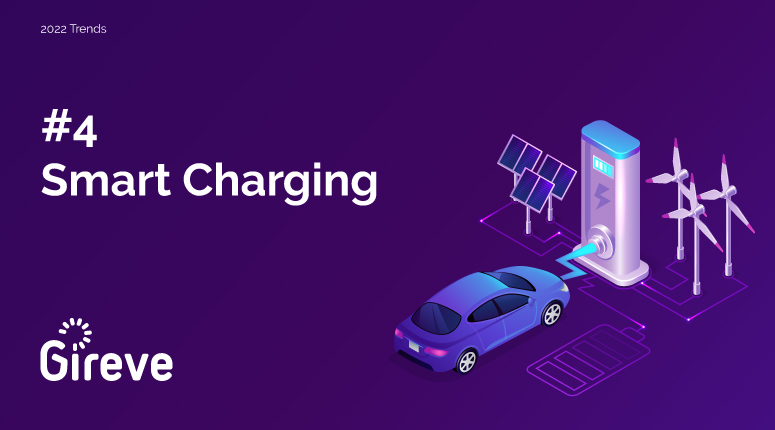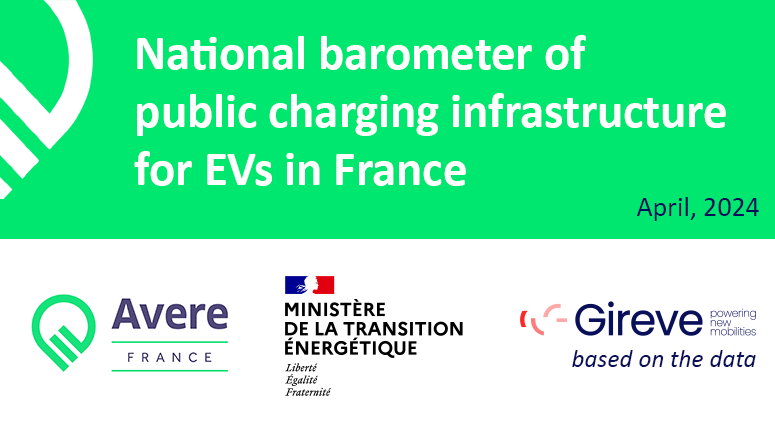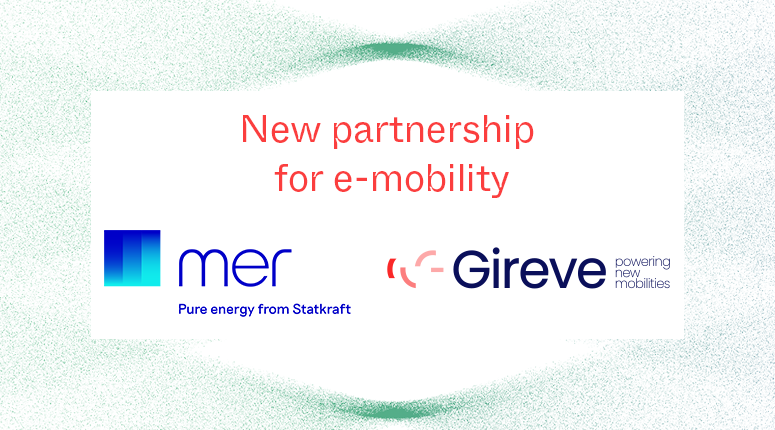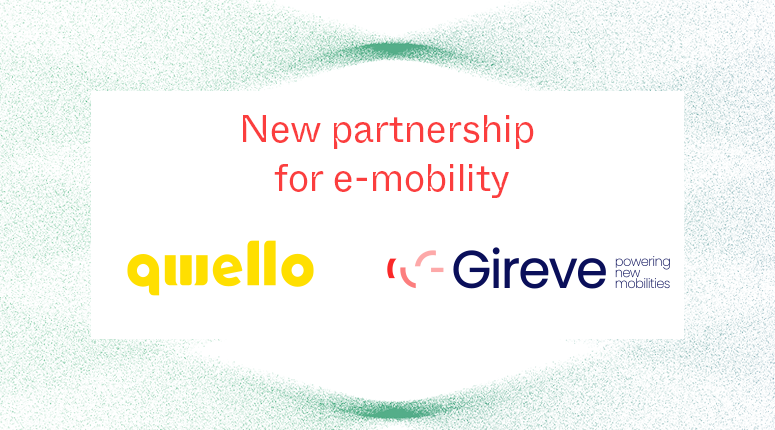Smart charging refers to the modulation of power during EV charging sessions. The power can be modulated upwards or downwards, to satisfy constraints or opportunities coming from the electrical systems. In addition to power modulation, EVs connected to charging stations could even be asked to re-inject part of the energy stored in their batteries into the electrical grid (Vehicle-to-Grid).
Smart charging therefore requires a continuous balance between users’ mobility needs and electrical systems’ constraints or opportunities.
Smart charging is at the core of many R&D projects and is essential to the large-scale development of electric mobility and the increasing demand it creates on the grid. It should benefit all actors involved in its implementation.
How smart charging can benefit each actor involved
Firstly, EV drivers are involved in the process. By agreeing to reduce the charging speed of his vehicle, to postpone the charge, or even to re-inject his vehicle’s energy into the grid, the driver could expect some kind of reward.
Then, charging operators could be offered more attractive electric connection offers as they limit power demand of their charging infrastructure several times a year and upon specific requests from the electrical distribution network managers.
As aggregators are able to modulate power demand of a large volume of EV connected to charging stations, they could value flexibility on the electricity market. For instance, they could optimise costs of energy suppliers, buying and reselling energy on the markets by using charging EVs’ batteries as a flexible energy storage solution.
On small electric network, such as tertiary sites or eco-neighbourhoods, smart charging could help maximize the use of locally produced energy (ex: PV, cogeneration) and minimize energy transfer to the grid by modulating charging of EV fleets connected to the site.
GIREVE at the heart of interactions
All solutions above involve advanced interactions between Energy players (such as Network Operators, flexibility aggregators, suppliers…) with multiple charge point operators, mobility operators and mobility service providers.
Since 2018, GIREVE has been joining several research initiatives in R&D partnerships or in extended consortia such as the aVEnir project. This project, which has been running since 2020, experiments smart EV charging in real conditions, studying the interaction with the public distribution network (Enedis) and evaluating the opportunities created for the management of local flexibilities.




